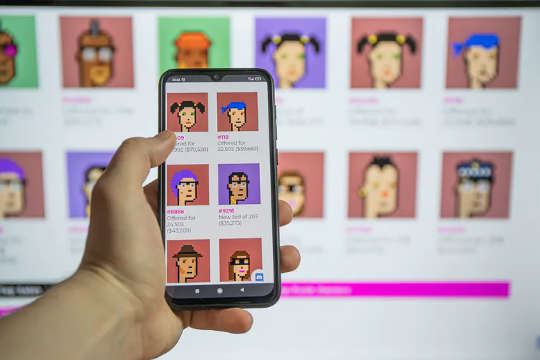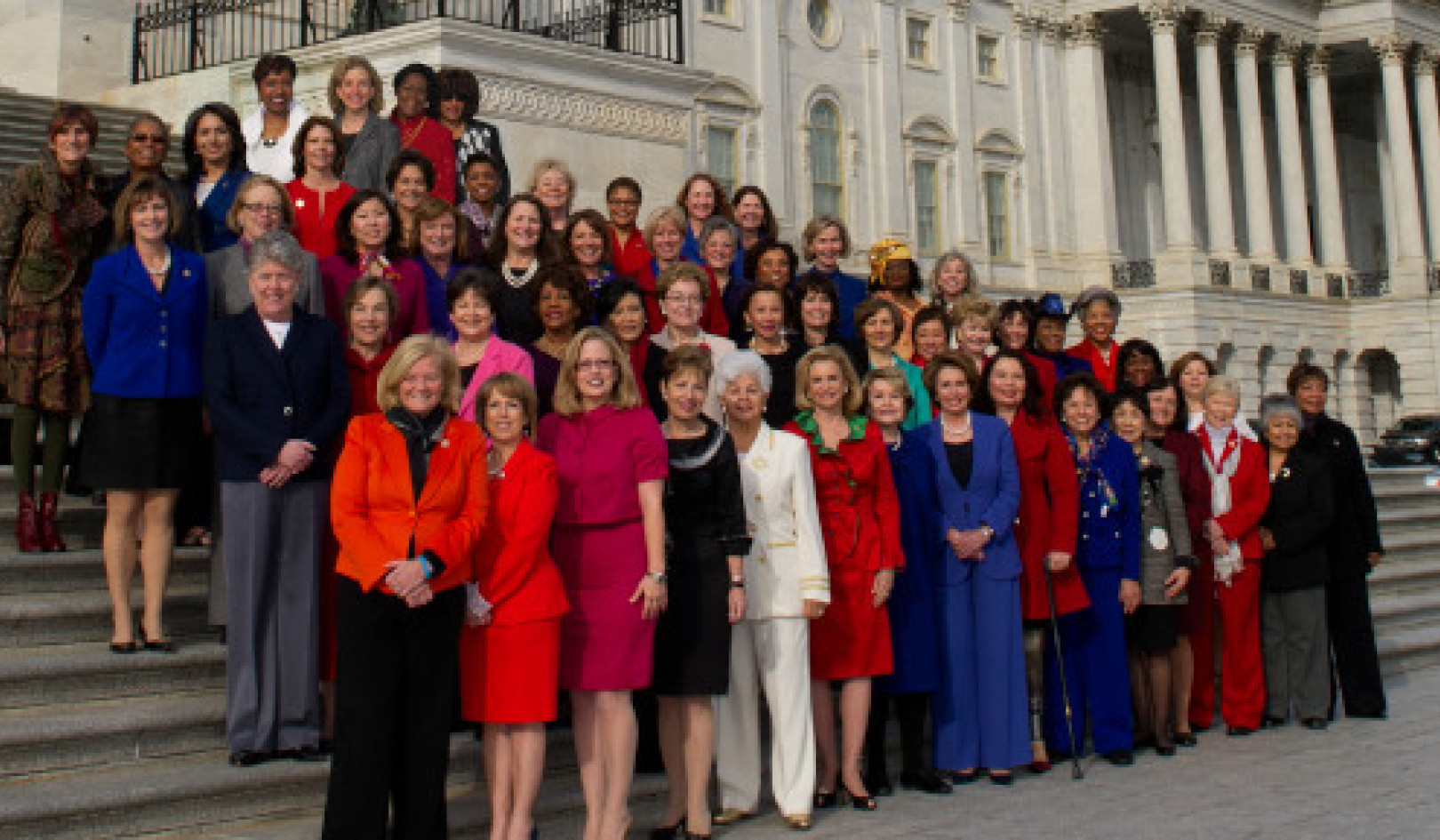
A NFT is a digital file with verified identity and ownership. (Shutterstock)
Christie’s sold a digital collage of images called “Everydays: The First 5000 Days” for US$69.3 million dollars. Elon Musk said he’s selling a tweet of his as an NFT, which contains a song about NFTs.
The bidding on Musk’s tweet has already topped $1 million and millions more are pouring into the market — he has since tweeted, “Actually, doesn’t feel quite right selling this. Will pass.” And sites like NBA Top Shot (where you can buy, sell and trade digital NBA cards) have individual cards selling for over US$200,000.
It might sound ridiculous but the explosive market of crypto-collectibles and crypto-art is no joke. I investigate cryptocurrencies and have academic publications on Bitcoin markets. To help you understand what an NFT is and why they’re becoming so popular, here’s an explainer to make sense of it all.
What is an NFT?
A non-fungible token (NFT) is a digital file with verified identity and ownership. This verification is done using blockchain technology. Blockchain technology, simply put, is an un-hackable system based on the mathematics of cryptography. So, that’s why you hear a lot of “crypto” when referring to NFTs — crypto-art, crypto-collectibles, etc.
What is fungibility?
Fungibility is the ability of an asset to be interchanged with other individual assets of the same kind; it implies equal value between the assets. If you own a fungible asset you can readily interchange it for another of a similar kind. Fungible assets simplify the exchange and trade processes, and the best example would be (you guessed it) money.
Is NFT the same as Bitcoin?
This is where I can explain and emphasize the “non-fungibility” property of NFTs. The main difference between NFTs and Bitcoins is the fact that Bitcoins are limited, and fungible (you can trade one Bitcoin with another and both have the same value and price). NFTs are unique but unlimited, and non-fungible (no two artworks are the same). While NFTs can appreciate in value (just like real estate), they cannot be interchanged for another NFT.
 Blockchain technology, simply put, is an un-hackable system based on the mathematics of cryptography. (Shutterstock)
Blockchain technology, simply put, is an un-hackable system based on the mathematics of cryptography. (Shutterstock)
What does this mean for the future of money?
While not directly related to NFTs, it’s important to mention some properties of money. Among many properties, money has to be fungible (one unit is viewed as interchangeable as another), and divisible (can be divided into smaller units of value). NFTs are not fungible nor (easily) divisible.
For example, a single dollar is easily convertible into four quarters or ten dimes, but currently you cannot divide one NFT (although the blockchain technology behind may allow it in future). In fact, fungibility and divisibility are part of five requirements for a currency to exist in a regulated economy.
Why are NFTs being valued?
The importance of NFTs lies in providing the ability to securely value, purchase and exchange digital art using a digital ledger. NFTs started in online gaming, later with Nike’s patenting of its authenticity (CryptoKicks) and then by the famous Christie’s auction embracing NFT valuation of a digital art piece.
NFTs are commonly created by uploading files, such as digital artwork, to an auction market. Just like any other form of art, NFTs are not mutually interchangeable, making them more like “collectible” items.
The platform (typically Ethereum) allows the digital art to be “tokenized” and for the ownership to be safely stored using a decentralized, open-source blockchain (that is, anyone can check the ledger), featuring smart contract functionality. This means the traditional role of a “middle man” for selling the art is now digitized.
Is owning the NFTs the same as owning the copyright?
No, owning the NFT doesn’t grant you the copyright to the art; they are distinct from one another. The ownership of the NFT is established using a digital ledger, which anyone can access because it is stored openly. This ledger tracks who owns an NFT and ensures that the NFT can’t be duplicated or tampered with, essentially a “smart contract.”
What does the future hold for NFTs?
It is undeniable that digital assets and blockchain technology are changing the future of trade. As a result, NFTs are also at the helm of this positive growth. However, just like other examples in history (e.g. the Dutch Tulip, the dotcom bubble, etc.), certain valuations may see the need for future corrections depending on socio-economic desires and the chance of a bubble.
Every generation has its own niche attachment to certain valuations whether for vanity or other reasons. NFTs are currently very popular among younger generations, but whether this generation will have the economic power to purchase or find use for them in the future, is both a social and economic question.
For NFTs the true potential is yet to be uncovered. Whether big industry players in art, design or fashion will buy into it or not is also yet to be seen. One thing is for sure, NFTs did open the door for many digital artists to be identified and valued, and the smart contract functionalities of the blockchain technology will be used in future valuations of many assets.
This is a corrected version of a story originally published on March 17, 2021. The earlier story said Bitcoin was not divisible, but it is.
About the Author
Laleh Samarbakhsh, Associate Professor, Finance, Ryerson University
Recommended books:
Capital in the Twenty-First Century
by Thomas Piketty. (Translated by Arthur Goldhammer)
 In Capital in the Twenty-First Century, Thomas Piketty analyzes a unique collection of data from twenty countries, ranging as far back as the eighteenth century, to uncover key economic and social patterns. But economic trends are not acts of God. Political action has curbed dangerous inequalities in the past, says Thomas Piketty, and may do so again. A work of extraordinary ambition, originality, and rigor, Capital in the Twenty-First Century reorients our understanding of economic history and confronts us with sobering lessons for today. His findings will transform debate and set the agenda for the next generation of thought about wealth and inequality.
In Capital in the Twenty-First Century, Thomas Piketty analyzes a unique collection of data from twenty countries, ranging as far back as the eighteenth century, to uncover key economic and social patterns. But economic trends are not acts of God. Political action has curbed dangerous inequalities in the past, says Thomas Piketty, and may do so again. A work of extraordinary ambition, originality, and rigor, Capital in the Twenty-First Century reorients our understanding of economic history and confronts us with sobering lessons for today. His findings will transform debate and set the agenda for the next generation of thought about wealth and inequality.
Click here for more info and/or to order this book on Amazon.
Nature's Fortune: How Business and Society Thrive by Investing in Nature
by Mark R. Tercek and Jonathan S. Adams.
 What is nature worth? The answer to this question—which traditionally has been framed in environmental terms—is revolutionizing the way we do business. In Nature’s Fortune, Mark Tercek, CEO of The Nature Conservancy and former investment banker, and science writer Jonathan Adams argue that nature is not only the foundation of human well-being, but also the smartest commercial investment any business or government can make. The forests, floodplains, and oyster reefs often seen simply as raw materials or as obstacles to be cleared in the name of progress are, in fact as important to our future prosperity as technology or law or business innovation. Nature’s Fortune offers an essential guide to the world’s economic—and environmental—well-being.
What is nature worth? The answer to this question—which traditionally has been framed in environmental terms—is revolutionizing the way we do business. In Nature’s Fortune, Mark Tercek, CEO of The Nature Conservancy and former investment banker, and science writer Jonathan Adams argue that nature is not only the foundation of human well-being, but also the smartest commercial investment any business or government can make. The forests, floodplains, and oyster reefs often seen simply as raw materials or as obstacles to be cleared in the name of progress are, in fact as important to our future prosperity as technology or law or business innovation. Nature’s Fortune offers an essential guide to the world’s economic—and environmental—well-being.
Click here for more info and/or to order this book on Amazon.
Beyond Outrage: What has gone wrong with our economy and our democracy, and how to fix it -- by Robert B. Reich
 In this timely book, Robert B. Reich argues that nothing good happens in Washington unless citizens are energized and organized to make sure Washington acts in the public good. The first step is to see the big picture. Beyond Outrage connects the dots, showing why the increasing share of income and wealth going to the top has hobbled jobs and growth for everyone else, undermining our democracy; caused Americans to become increasingly cynical about public life; and turned many Americans against one another. He also explains why the proposals of the “regressive right” are dead wrong and provides a clear roadmap of what must be done instead. Here’s a plan for action for everyone who cares about the future of America.
In this timely book, Robert B. Reich argues that nothing good happens in Washington unless citizens are energized and organized to make sure Washington acts in the public good. The first step is to see the big picture. Beyond Outrage connects the dots, showing why the increasing share of income and wealth going to the top has hobbled jobs and growth for everyone else, undermining our democracy; caused Americans to become increasingly cynical about public life; and turned many Americans against one another. He also explains why the proposals of the “regressive right” are dead wrong and provides a clear roadmap of what must be done instead. Here’s a plan for action for everyone who cares about the future of America.
Click here for more info or to order this book on Amazon.
This Changes Everything: Occupy Wall Street and the 99% Movement
by Sarah van Gelder and staff of YES! Magazine.
 This Changes Everything shows how the Occupy movement is shifting the way people view themselves and the world, the kind of society they believe is possible, and their own involvement in creating a society that works for the 99% rather than just the 1%. Attempts to pigeonhole this decentralized, fast-evolving movement have led to confusion and misperception. In this volume, the editors of YES! Magazine bring together voices from inside and outside the protests to convey the issues, possibilities, and personalities associated with the Occupy Wall Street movement. This book features contributions from Naomi Klein, David Korten, Rebecca Solnit, Ralph Nader, and others, as well as Occupy activists who were there from the beginning.
This Changes Everything shows how the Occupy movement is shifting the way people view themselves and the world, the kind of society they believe is possible, and their own involvement in creating a society that works for the 99% rather than just the 1%. Attempts to pigeonhole this decentralized, fast-evolving movement have led to confusion and misperception. In this volume, the editors of YES! Magazine bring together voices from inside and outside the protests to convey the issues, possibilities, and personalities associated with the Occupy Wall Street movement. This book features contributions from Naomi Klein, David Korten, Rebecca Solnit, Ralph Nader, and others, as well as Occupy activists who were there from the beginning.
Click here for more info and/or to order this book on Amazon.
This article is republished from The Conversation under a Creative Commons license. Read the original article.

























